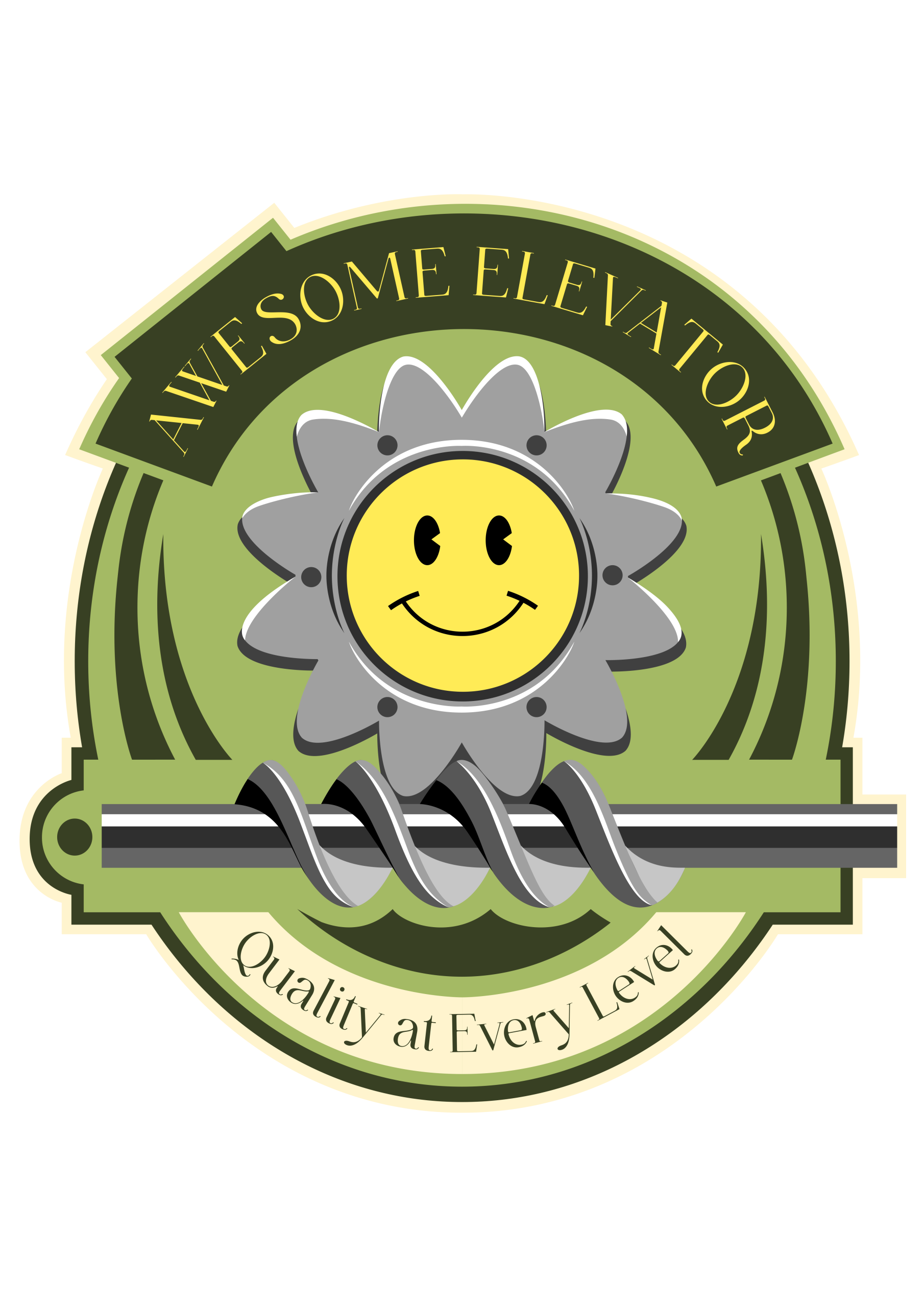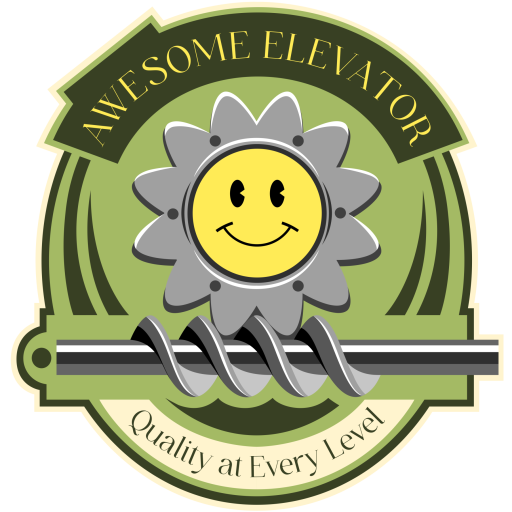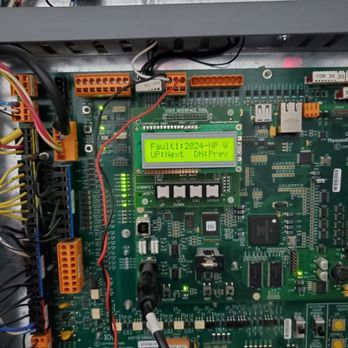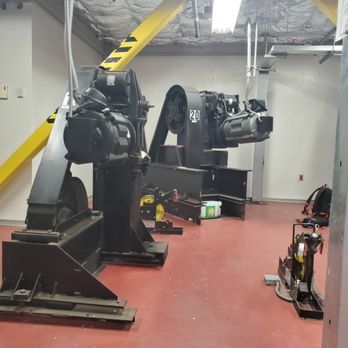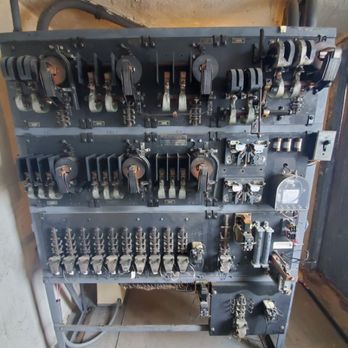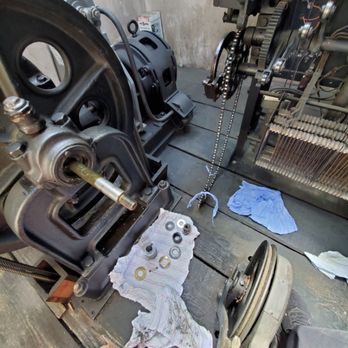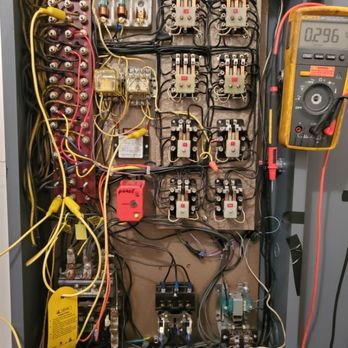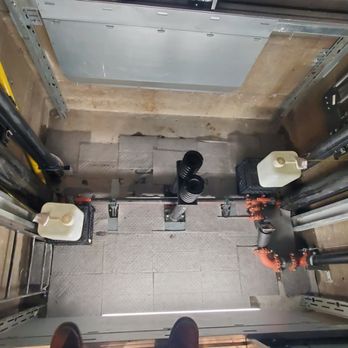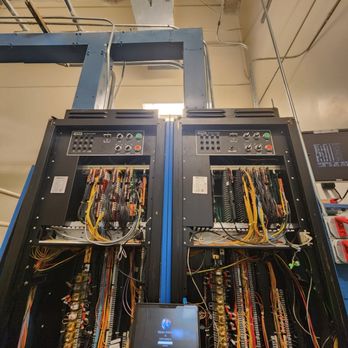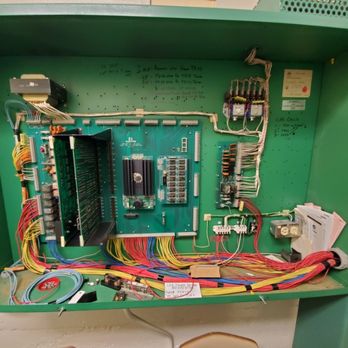People don’t think about elevators until they break down. Every day, individuals use them to get to work, go home, rush to meetings, or just get from one level to another. They execute their work discreetly and without fail. But just like anything else that gets used a lot, elevators can break down. And when they do, they start to exhibit it in small ways.
If you see these early indications, you can stop worse problems from happening later. More importantly, it keeps everyone secure and comfortable. You might want to take a closer look at your elevators if they’ve been there for a long time. Let’s explore these signs that shouldn’t be ignored.
- Longer Wait Times Than Usual
People expect elevators to work well. It could be more than simply a nuisance if the cab takes longer to get there or to go between floors. It could be a sign.
Older systems often have problems with wiring that isn’t up to date or motors that are too slow. The controls can potentially respond more slowly because they are worn out. Over time, these delays mount up and make things harder to do every day, especially in buildings with a lot of people coming and going. If passengers start changing their schedules only to avoid the elevator, something is wrong.
- Jerky Movements and Unsteady Stops
Smooth rides are a clear sign of a healthy elevator. When the ride feels uneven, shaky, or unpredictable, it’s a signal that something is off.
Elevators should start and stop without sudden lurches. If people feel the cab shaking, dropping slightly at stops, or bumping when reaching a floor, it may point to issues with the braking system or the leveling sensors.
These movements may seem small at first, but they affect comfort and safety. Everyone deserves to feel secure when they step into an elevator.
- Frequent Breakdowns or Shutdowns
When elevators start to fail more often, that’s no longer just a maintenance inconvenience—it’s a clear red flag. Frequent shutdowns don’t always happen suddenly. They often follow a pattern:
- Doors that refuse to open or close properly
- Panels are lighting up incorrectly
- Floors are being skipped for no reason
- Loud clunks, squeals, or humming sounds
While repairs might offer temporary relief, repeated failures suggest a deeper issue. The internal components may be outdated, overworked, or no longer compatible with modern parts.
Over time, patchwork fixes cost more than addressing the root cause.
- Outdated Interior and Controls
Looks aren’t everything, but old panels and interiors in elevators often show what’s going on behind the walls. Old call buttons, faded floor indications, and worn-out materials are signs that the systems inside the shaft are getting old. The mechanical parts inside the control system can have problems exactly like those on the outside. Old technology might not meet today’s standards, which can cause problems that you didn’t expect.
And when guests or tenants see these old characteristics, it changes how they feel about the building without them even knowing it. Upgrading isn’t just about looks; it’s also about making sure things work well and meeting modern standards.
- Strange Noises That Weren’t There Before
Elevators shouldn’t be noisy. When strange sounds appear out of nowhere, it’s time to pay attention.
Common elevator noises that signal trouble:
- Squeaking or grinding sounds during movement
- Clicking or buzzing near the control panel
- Sounds like loud clunks, squeals, or humming
Repairs may help for a short time, but if they keep happening, there may be a bigger problem. The parts inside may be old, worn out, or no longer operate with newer parts. Fixing things with patchwork costs more over time than fixing the problem at its source..
- Failure to Meet New Safety Standards
Over the years, safety requirements have changed. Elevators built decades ago may not meet today’s standards—even if they seem to work fine.
Some warning signs that compliance may be an issue:
- Emergency phones or alarms don’t function properly
- Lack of accessibility features for people with disabilities
- No emergency lighting in the cab
- Absence of automatic emergency recall or fire service modes
Following the rules isn’t merely the law. It’s about keeping the individuals who use your building every day safe. There are modern safety regulations for a reason, and not following them puts everyone in danger.
Why It’s More Important Than You Think
Not updating an elevator on time doesn’t simply make the experience bad; it also makes visitors feel bad about the whole building. Elevators are a subtle but important aspect of daily life in offices, residential buildings, hotels, and hospitals.
Little things can leave a big mark. At first, a few seconds of delay, a jarring movement, or a clunky sound may not seem like much. However, as time goes on, they change how people see the place and how much they trust the infrastructure.
Updating elevators when needed:
- Improves comfort for everyone
- Reduces unexpected maintenance costs
- Enhances safety across the board
- Keeps your property in line with current codes
It’s not just about fixing what’s broken—it’s about staying ahead of what could break next.
A Look Toward the Future
When buildings don’t pay attention to early warning indicators, elevator problems go from being easy fixes to big repairs. But if you catch signals early and deal with them, the process goes more smoothly, is more predictable, and is less stressful for everyone.
There are still a lot of ancient elevators in use today, but that doesn’t mean they’re performing as well as they should. They may have been the best at one point, but time has a way of rewriting the rules.
Keeping up doesn’t imply getting rid of everything at once. It involves checking in, making changes, and knowing when an update is no longer an option but a must.
Conclusion
If your elevator starts giving indications of strain, you shouldn’t ignore it. Every signal is important, whether it’s a tiny delay or a bigger safety issue. A lift that used to run smoothly and quietly could now need some care.
Awesome Elevator Inc. knows more about these indications than most others. Building owners and managers can find these problems early with our elevator maintenance and testing services. Regular maintenance, thorough inspections, and a good understanding of how systems age can make a big difference.
